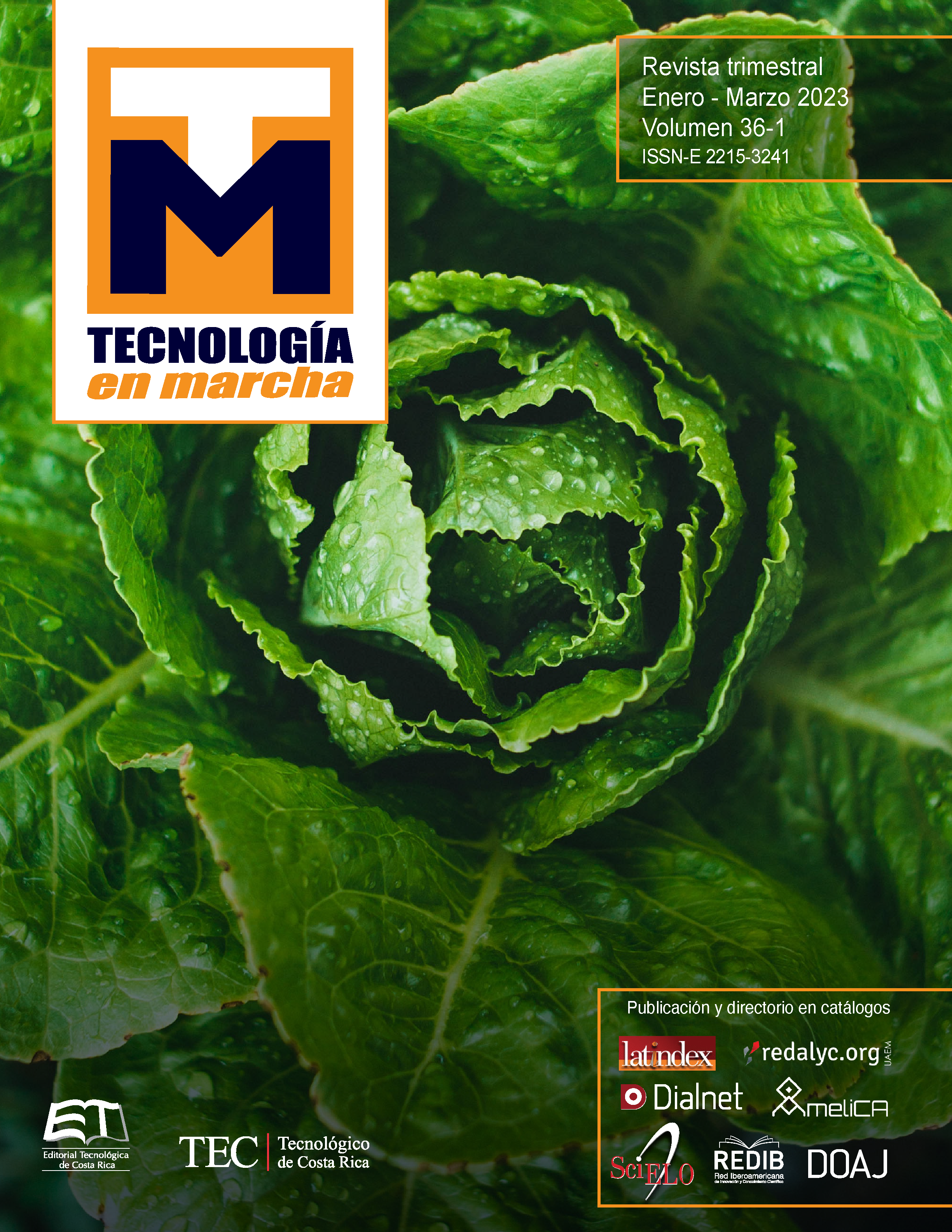Energy analysis of building N°1 of the Technological University of Panama: simulation and optimization of electrical energy consumption through energy efficiency solutions
Main Article Content
Abstract
In 2017, the International Energy Agency estimated that 40% of the reduction in pollutant gas emissions needed to limit the global temperature increase to two degrees by 2050 could be achieved from energy efficiency measures. In this research, the annual electricity consumption of building N°1 of UTP was evaluated by software, the result was compared with the most recent billing available and energy efficiency measures were proposed, whose economic and environmental benefits were also studied. Among the recommended proposals are the installation of LED lamps, photovoltaic generation, adaptations to the air conditioning system, efficient windows, and ventilation of the attic of the roof of building N°1, together with the installation of radiant barriers. The results obtained show a consumption of 2 497 912 kWh / year, which would be reduced by 38.81%, representing a saving of B /. 218 426.14 per year and a decrease of 57.27% in CO2 emissions.
Article Details

This work is licensed under a Creative Commons Attribution-NonCommercial-NoDerivatives 4.0 International License.
Los autores conservan los derechos de autor y ceden a la revista el derecho de la primera publicación y pueda editarlo, reproducirlo, distribuirlo, exhibirlo y comunicarlo en el país y en el extranjero mediante medios impresos y electrónicos. Asimismo, asumen el compromiso sobre cualquier litigio o reclamación relacionada con derechos de propiedad intelectual, exonerando de responsabilidad a la Editorial Tecnológica de Costa Rica. Además, se establece que los autores pueden realizar otros acuerdos contractuales independientes y adicionales para la distribución no exclusiva de la versión del artículo publicado en esta revista (p. ej., incluirlo en un repositorio institucional o publicarlo en un libro) siempre que indiquen claramente que el trabajo se publicó por primera vez en esta revista.
References
Secretaría Nacional de Energía, Plan Energético Nacional 2015-2050, no. 6–348. Panamá: Gaceta Oficial Digital, 2016, p. 348.
D. R. Rico, “Los beneficios de la eficiencia energética: su alcance y limitaciones,” FIDE, p. 48, 2019.
R. Ramírez Talán and J. Toro González, “Eficiencia energética y su medición,” FIDE, 2019.
J. Randolph and G. M. Masters, “Energy Efficiency for Buildings,” Energy Sustain., vol. 33, no. 1, pp. 173–213, 2018, doi: 10.5822/978-1-61091-821-3_6.
M. S. Morales Flores, “Builing Performance evaluation using Autodesk Revit for optimising the energy consumption of an educational builing on subtropical highland climate: A case of study in Quito,” 2016.
P. Singh and A. Sadhu, “Multicomponent energy assessment of buildings using building information modeling,” Sustain. Cities Soc., vol. 49, p. 101603, Aug. 2019, doi: 10.1016/J.SCS.2019.101603.
H. Al Habibi, “ANALYSIS AND OPTIMIZATION OF ENERGY PERFORMANCE FOR A BUILDING IN CSUS CAMPUS,” California State University, 2019.
K. Carrizo, “Inventario del consumo de energía para evaluar alternativas de ahorro energético en el edificio 2 ‘Postgrado’ del Campus Víctor Levi Sasso,” Universidad Tecnológica de Panamá, 2021.
B. González, “Inventario del consumo de energía para evaluar alternativas de ahorro energético en el edificio N°3 del Campus Víctor Levi Sasso,” Universidad Tecnológica de Panamá, 2021.
C. Jaramillo, “Informe consumo eléctrico UTP 2018,” Ciudad de Panamá.
JTIA, Gaceta Oficial N°22.263. Panamá, 1993, p. 4.
Y. A. Cengel, Transferencia de calor y masa, 5th ed. McGraw Hill, 2014.
K. M. Al-Obaidi, M. Ismail, and A. M. Abdul Rahman, “A comparative study between unvented and vented attics powered by the hybrid turbine ventilator in Malaysian houses,” Int. J. Sustain. Energy, vol. 35, no. 2, pp. 148–160, 2016, doi: 10.1080/14786451.2013.873801.
SENACYT, “Convocatoria Pública de Fortalecimiento a Equipamiento e Instrumentación Especializado para Actividades de I+D (EIE) 2019,” Convocatoria digital, 2021. https://www.senacyt.gob.pa/convocatoria-publica-de-fortalecimiento-a-equipamiento-e-instrumentacion-especializado-para-actividades-de-id-eie-2019-2/ (accessed Sep. 16, 2021).
E. Sempris, A. Domínguez, R. Gutiérrez, and J. Young, “Primer informe de Panamá ante la CMNUCC,” 2017.
“Generación eléctrica. Secretaría Nacional de Energía.” .
A. Berbey-Alvarez, J. Guevara-Cedeño, H. Alvarez, and J. Sanz Bobi, “Panama Metro Bus System and Metro Line 1: An externalities analysis of CO2 emissions spectre.,” in Conference: 2017 International Conference in Engineering Applications Track: Energy and Sustainability in Small Developing Economies, At In Funchal, Madeira Island, July 10-13, 2017, Volume: In Funchal, Madeira Island, July 10-13, 2017., 2017, p. 2017.
A. Berbey-Alvarez, J. Guevara-Cedeño, H. Alvarez, and F. Mihailovs, “Panama metro line 1: Analysis of CO2 emissions from 2015 to 2017. Principles for an eco-transportation city,” Procedia Comput. Sci., vol. 149, no. March, pp. 467–474, 2019, doi: 10.1016/j.procs.2019.01.164.

